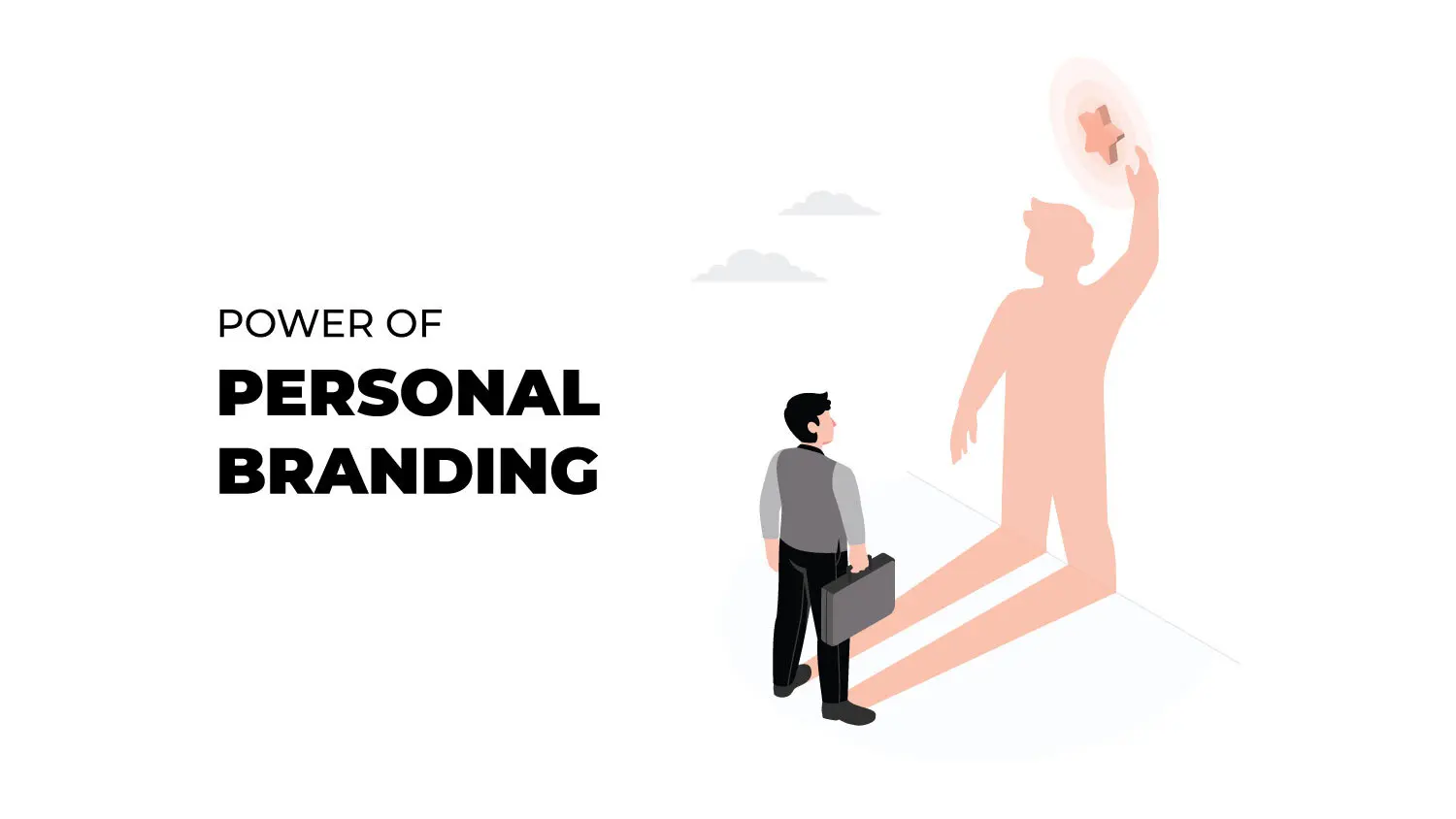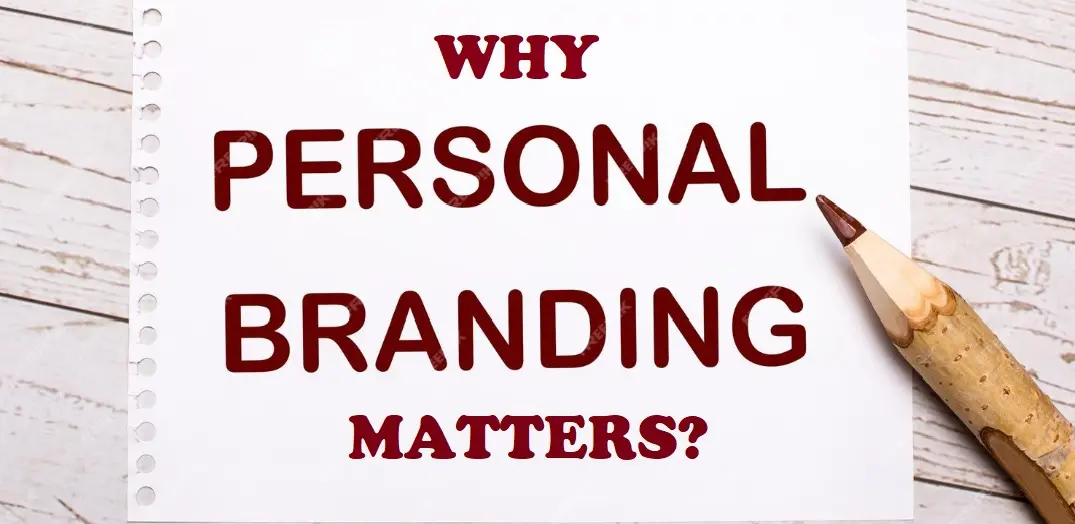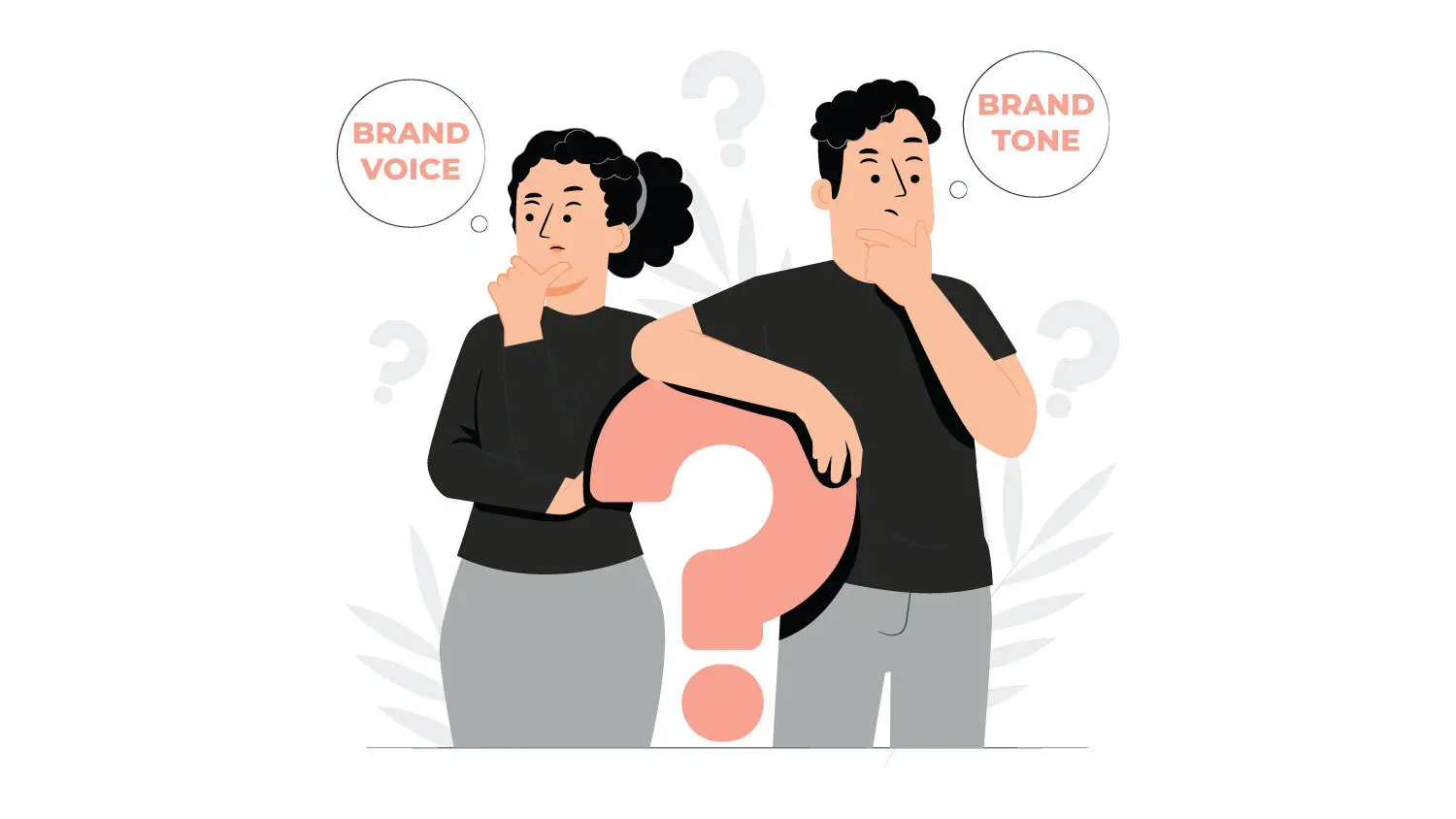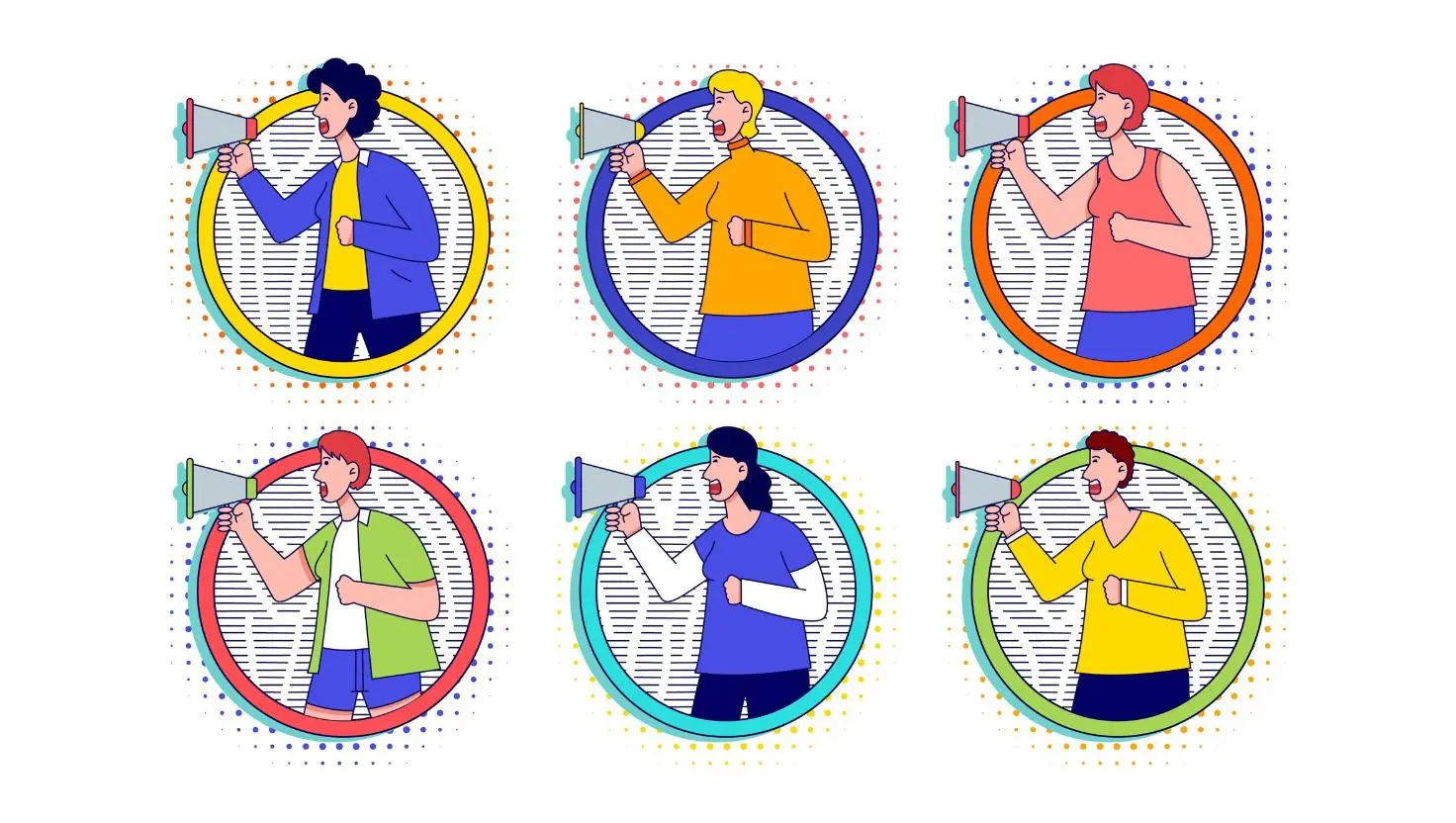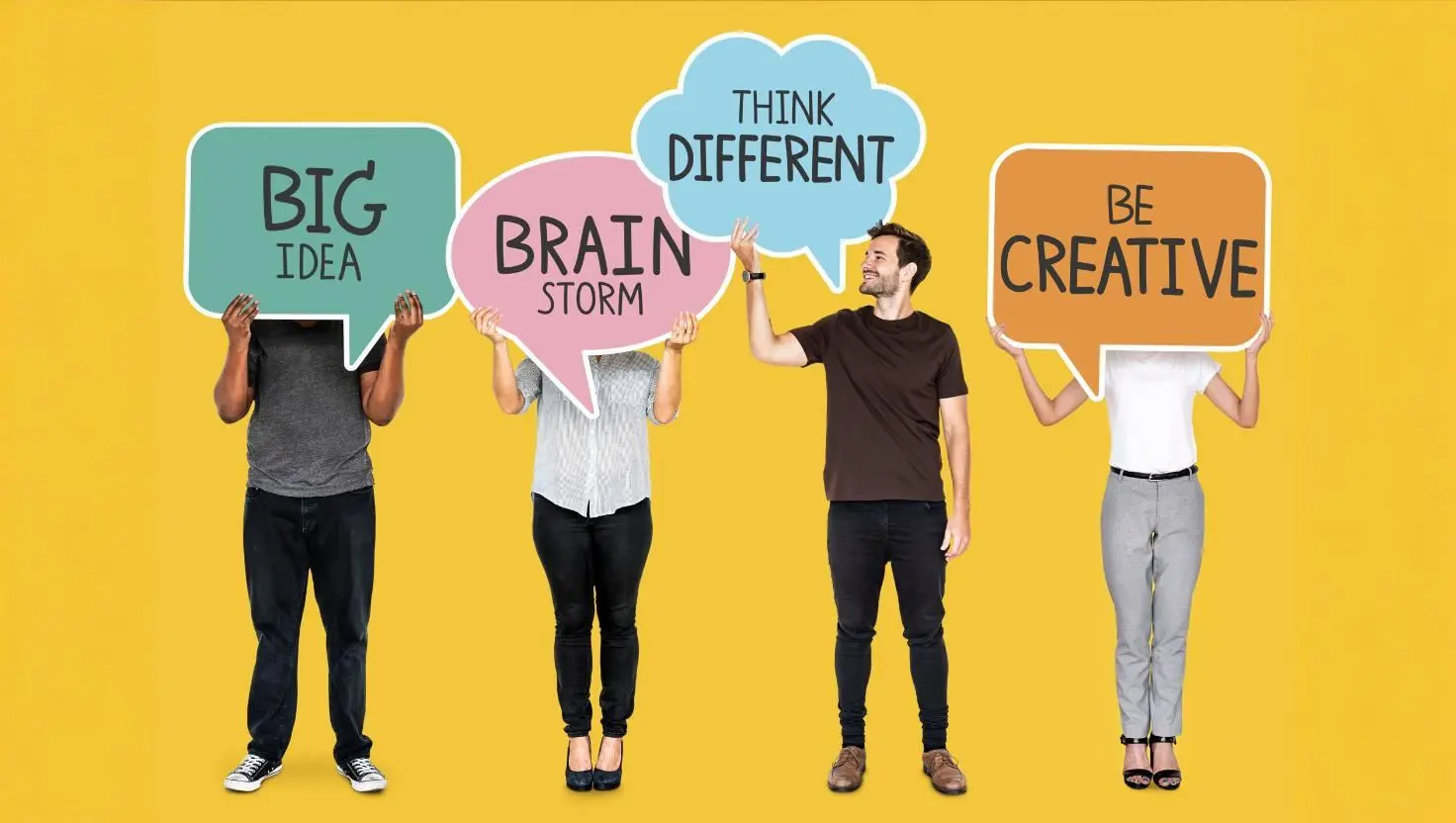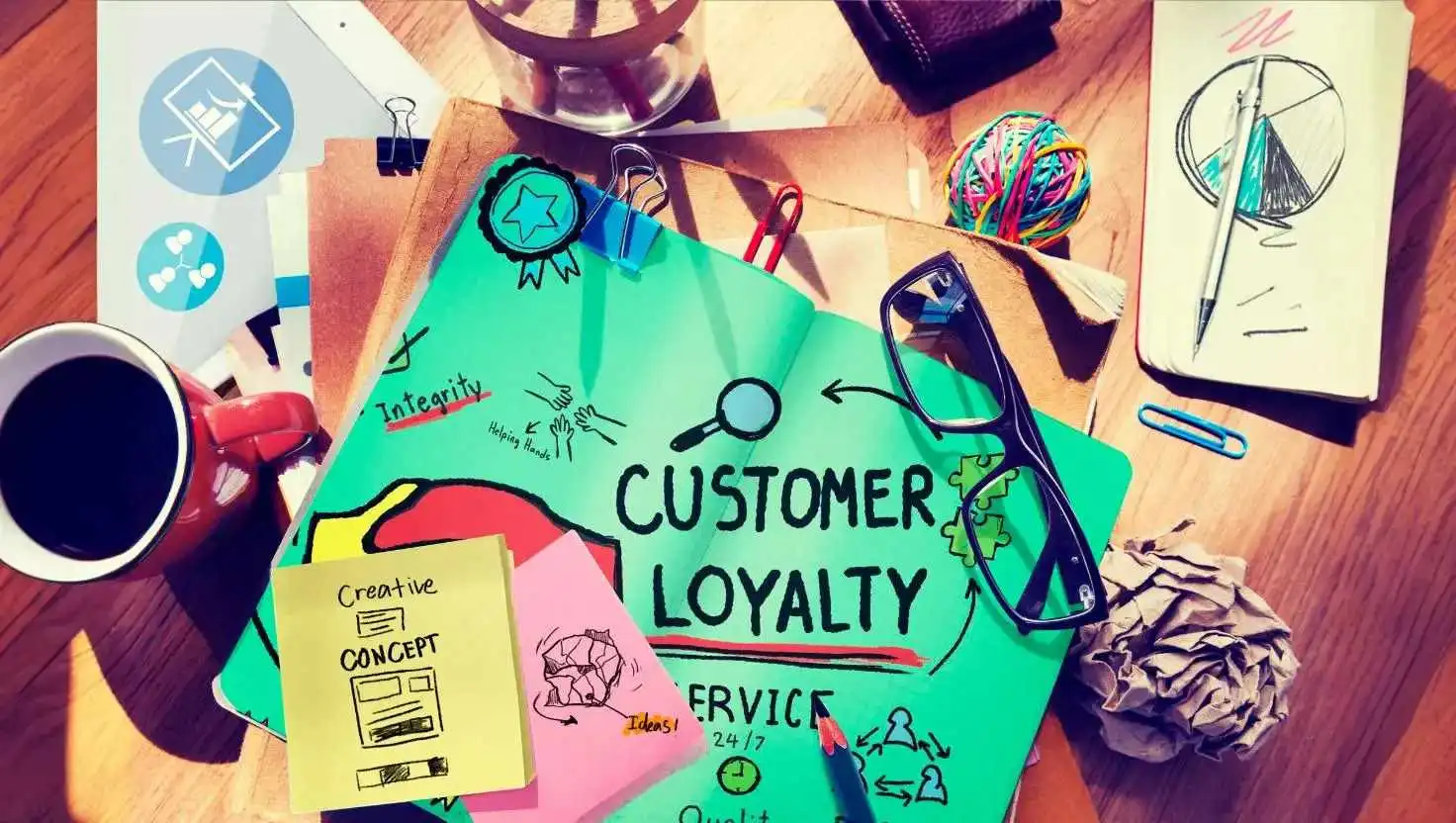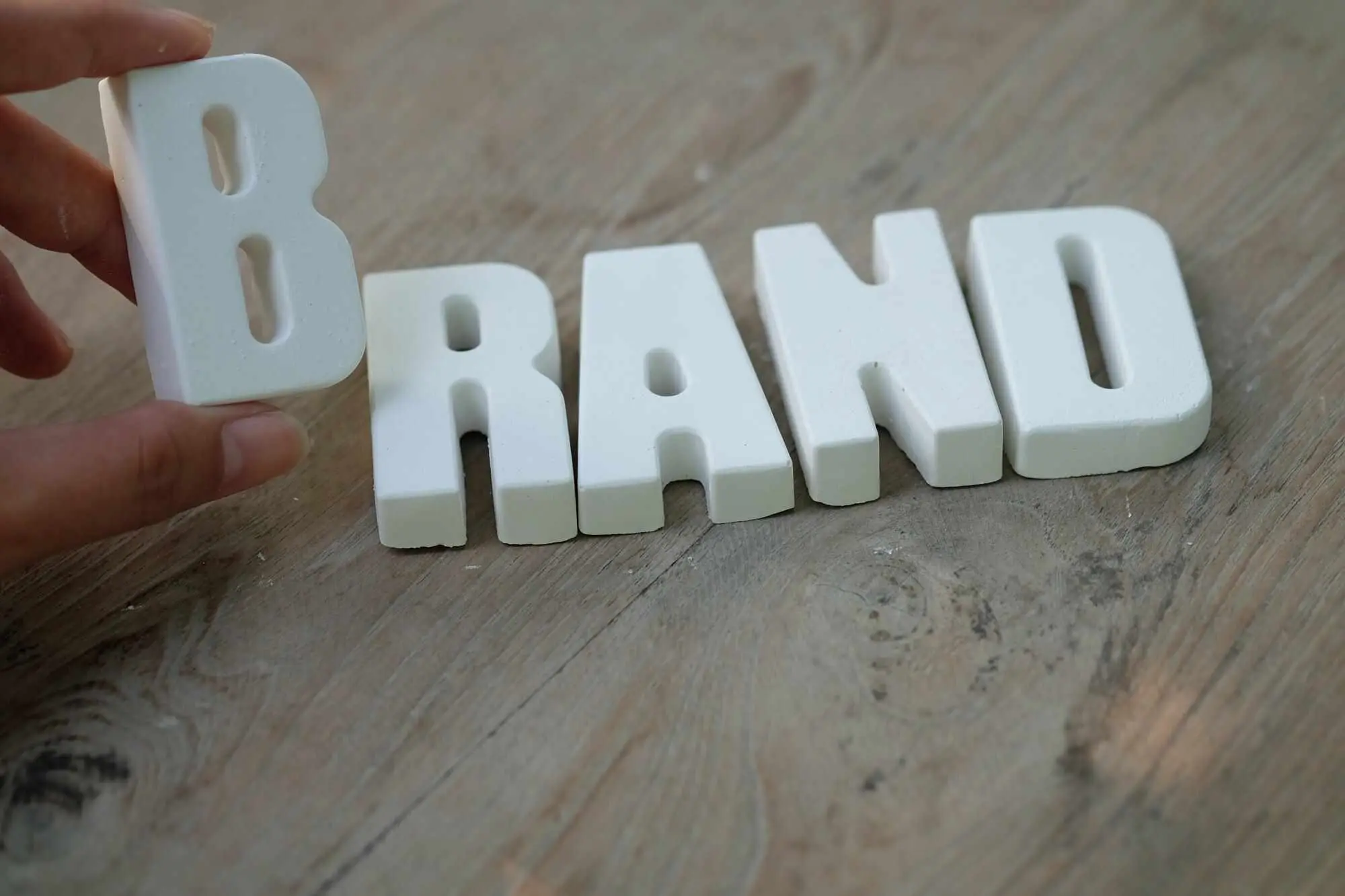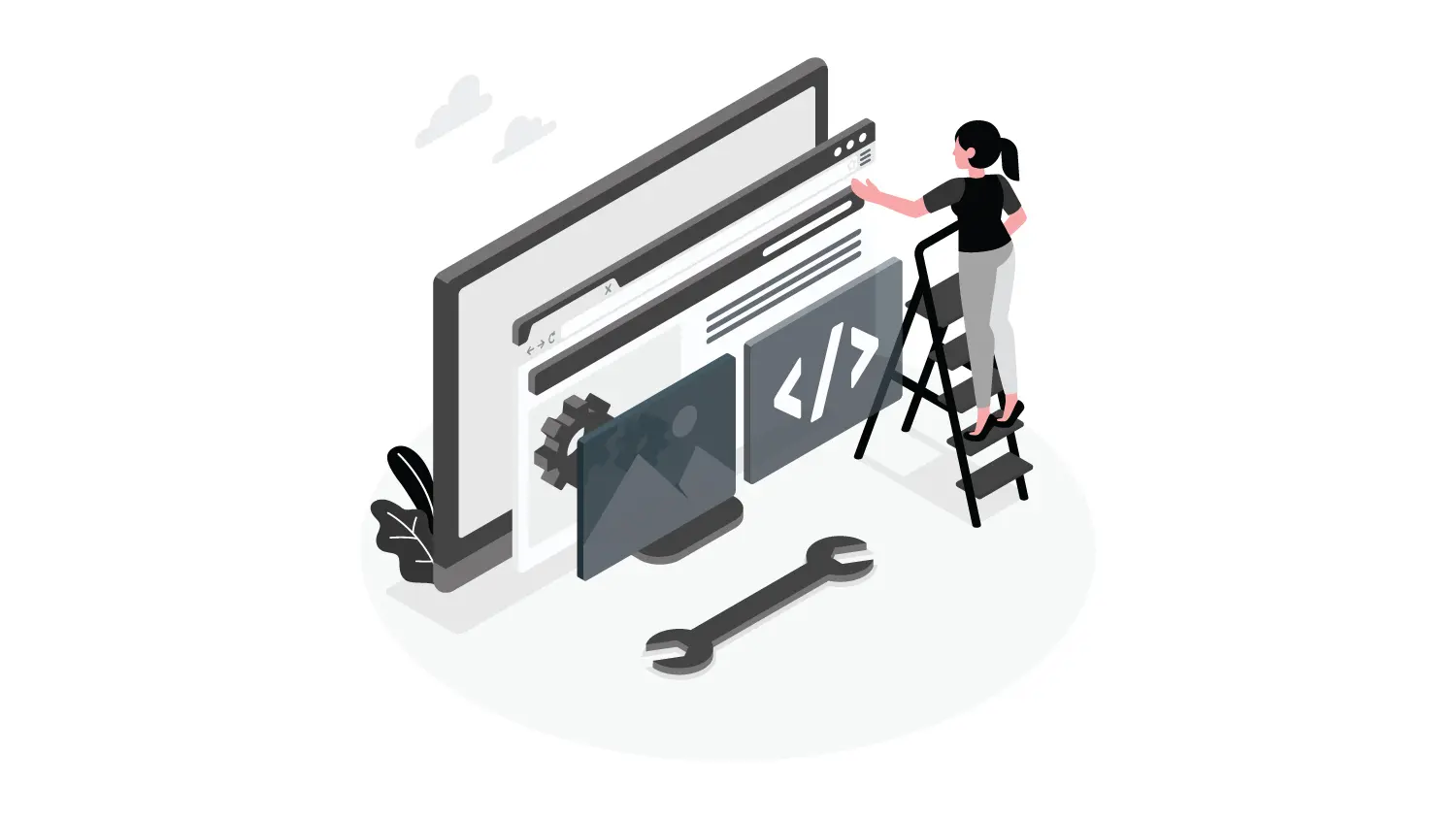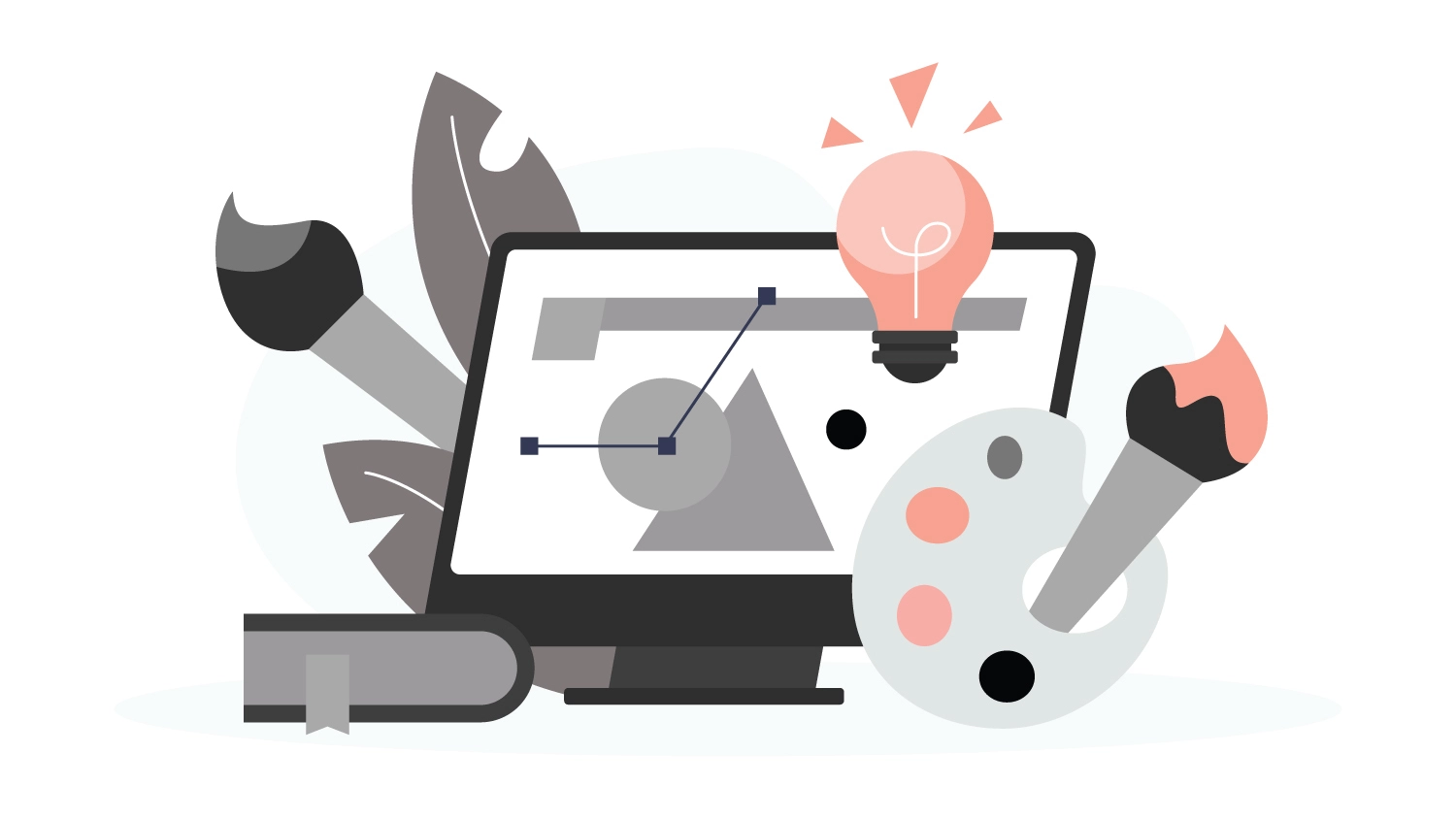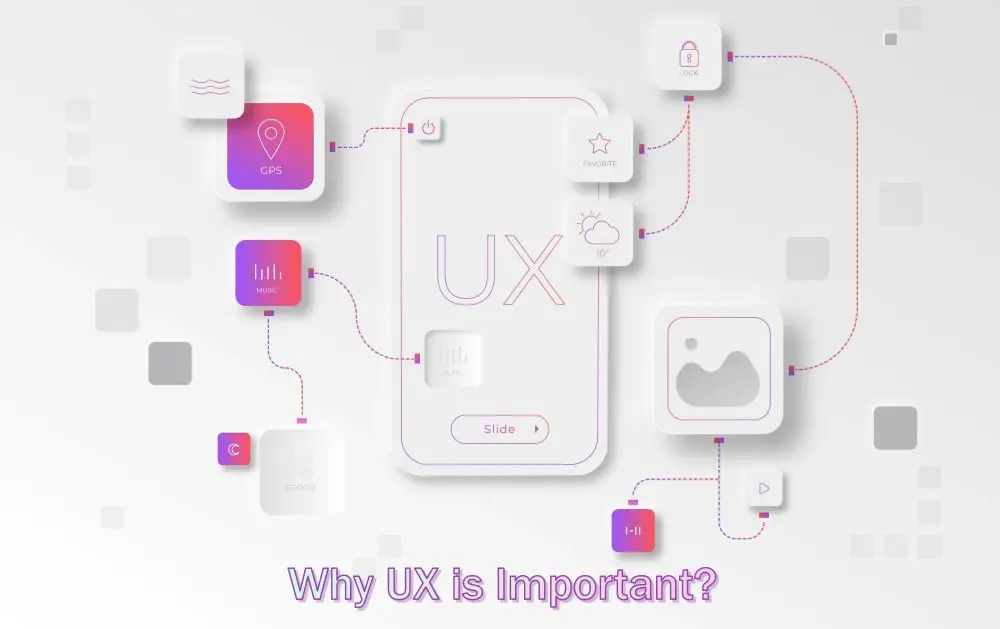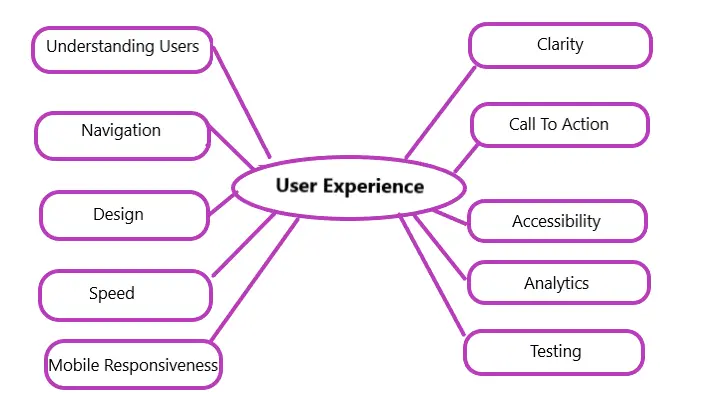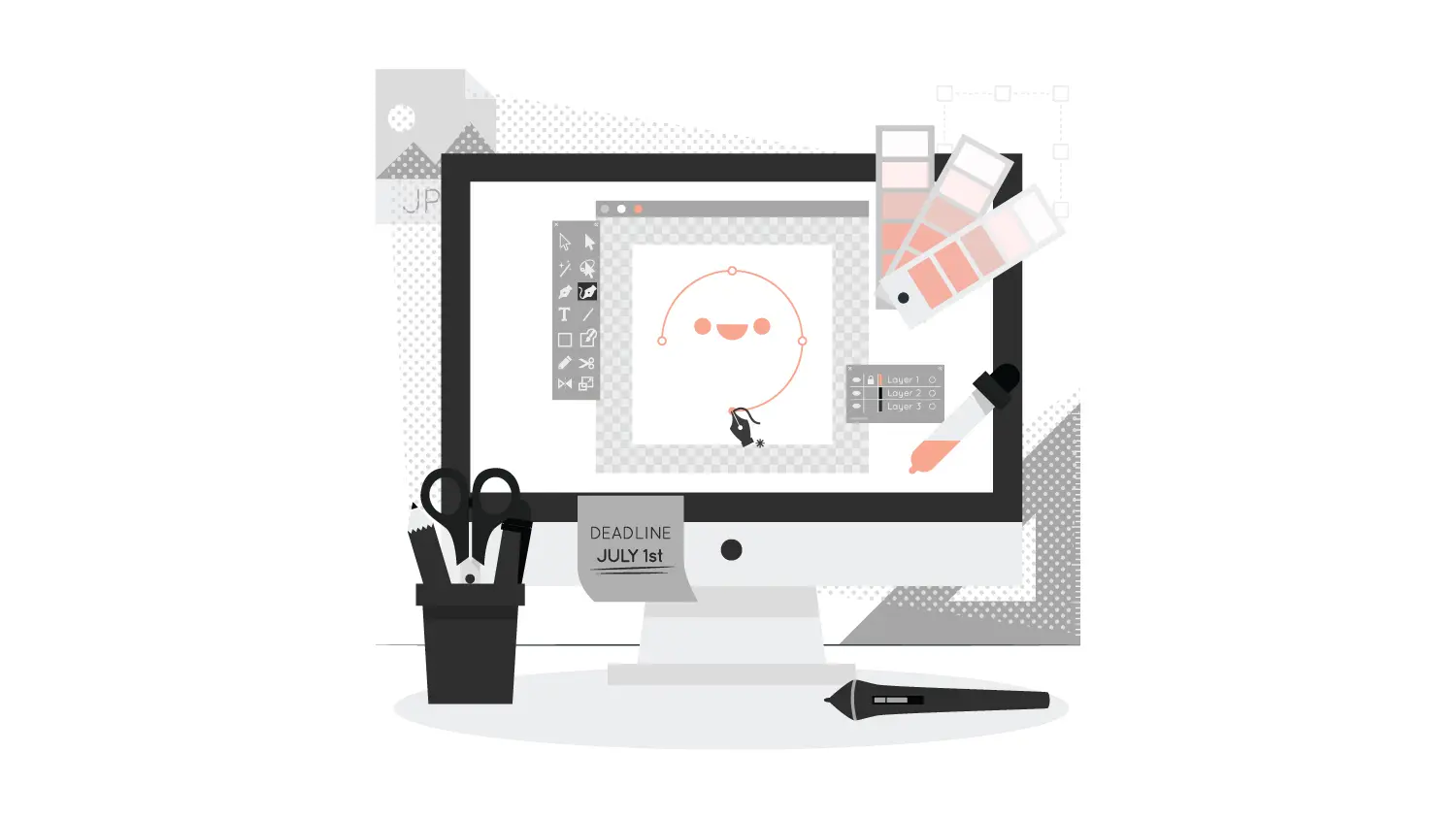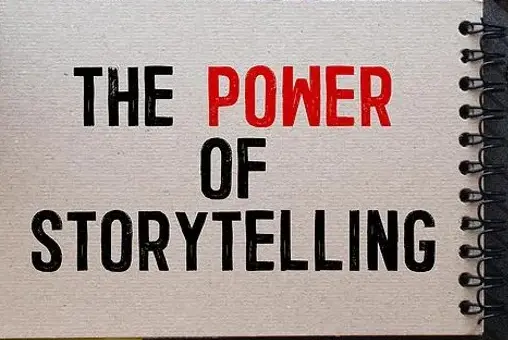As you know shopping online is super convenient now a days, but there’s always a risk—you can’t touch, try on, or see the product in real life before buying. There are several questions asked to oneself, What if that couch doesn’t match our living room? What if those sunglasses don’t suit my face? This uncertainty leads to hesitation, and in many cases, returns. That’s where Augmented Reality (AR) comes in. AR is changing the game by allowing shoppers to “try before they buy”—virtually. AR is making online shopping feel more real and trustworthy from trying on clothes and makeup to placing furniture in your home, Augmented Reality is making online shopping feel more real and trustworthy.
In this blog, we will deal with how Augmented Reality is improving the ecommerce experience, making shopping more interactive, and then why it’s becoming a must-have technology for online stores.
How Augmented Reality Works in Online Shopping
Augmented Reality blends the digital and real world by overlaying virtual objects in a real-life environment. In online shopping, AR is used in different ways to help customers visualize products before making a purchase. Here are some of the most popular applications:
1. Virtual Try-On for Clothing and Accessories
Ever wondered how a pair of glasses would look on your face before buying them online? AR-powered virtual try-ons make this possible. Many brands now offer face-scanning technology that lets users see how sunglasses, hats, or even makeup will look on them in real time.
Companies like Warby Parker and Ray-Ban have introduced AR-based try-on features, making it easier for customers to choose the perfect style without visiting a store.
2. Makeup and Beauty Product Try-On
Buying makeup online has always been tricky. What if the lipstick shade looks different in real life? AR-powered beauty apps let users apply virtual makeup to their faces using their phone cameras. Brands like Sephora and L’Oréal have integrated AR into their apps, allowing shoppers to experiment with different shades and products before purchasing.
3. Placing Furniture in Your Home
One of the biggest challenges of buying furniture online is knowing how it will fit and look in your space. AR apps from companies like IKEA and Wayfair let users place virtual furniture in their rooms using their phone cameras. This way, you can check the size, color, and style before buying.
4. Trying On Shoes and Apparel
Many shoe brands are now offering AR-powered foot scanning technology that helps customers find the perfect fit. Companies like Nike and Adidas use AR to let shoppers virtually try on sneakers, reducing the chances of ordering the wrong size.
5. Previewing Home Décor and Paint Colors
Choosing the right home décor or paint color online is tough. What looks great on a website might not suit your actual space. AR apps from brands like Dulux and Home Depot allow users to visualize paint colors on their walls or see how artwork and décor pieces will look in their homes.
Why AR is a Game-Changer for Online Shopping
1. Reduces Uncertainty and Boosts Confidence
One of the biggest reasons people hesitate to shop online is the fear of buying the wrong product. AR eliminates this guesswork by letting customers see how items will look or fit before making a decision. This builds confidence and leads to fewer abandoned carts.
2. Reduces Return Rates
Returns are a major headache for both customers and retailers. A product that doesn’t match expectations leads to dissatisfaction and extra costs for shipping and restocking. With Augmented Reality, shoppers are less likely to order the wrong size, color, or style, significantly reducing returns.
3. Creates an Engaging and Fun Shopping Experience
AR makes shopping interactive and enjoyable. Instead of just scrolling through product images, users can actively engage with products—whether it’s trying on a dress or placing a new sofa in their living room. This level of interaction makes online shopping more fun and engaging.
4. Saves Time for Customers
No need to visit multiple stores or spend hours reading reviews to guess how something will look in real life. Augmented Reality(AR) allows shoppers to make quicker decisions because they can see products in action instantly.
5. Gives Brands a Competitive Edge
eCommerce is highly competitive, and brands that adopt AR technology stand out from the crowd. By offering a more immersive shopping experience, businesses can attract more customers and build stronger brand loyalty.
Challenges of Augmented Reality in eCommerce
While AR is transforming online shopping, it’s not without challenges:
Technology Limitations: AR features require high-quality 3D models and advanced programming, which can be costly for smaller businesses.
Device Compatibility: Not all users have AR-compatible smartphones, which limits accessibility.
Learning Curve for Users: Some customers may not be familiar with AR features and need guidance on how to use them effectively.
Despite these challenges, the benefits far outweigh the drawbacks, and as technology advances, AR is expected to become even more accessible.
The Future of AR in Online Shopping
The use of augmented reality in e-commerce is only going to grow. Here’s what we can expect in the coming years:
More Personalized Experiences: AI-powered AR will offer recommendations based on user preferences and past purchases.
Better Accuracy and Realism: Advancements in AR technology will make virtual try-ons look even more lifelike.
Integration with Smart Mirrors and Wearables: In the future, AR shopping experiences may extend to smart mirrors in physical stores or AR glasses for hands-free virtual try-ons.
Retailers that embrace Augmented Reality now will be ahead of the curve, offering customers an interactive and seamless shopping journey.
Conclusion
Augmented Reality is revolutionizing the way we shop online. By allowing customers to try before they buy, AR reduces uncertainty, lowers return rates, and makes online shopping more engaging. Whether it’s trying on clothes, testing makeup, or visualizing furniture, AR is helping shoppers make smarter purchasing decisions.
As more brands adopt this technology, we can expect a future where online shopping feels just as real—if not better—than shopping in a physical store. If you haven’t experienced AR shopping yet, now is the time to give it a try!


